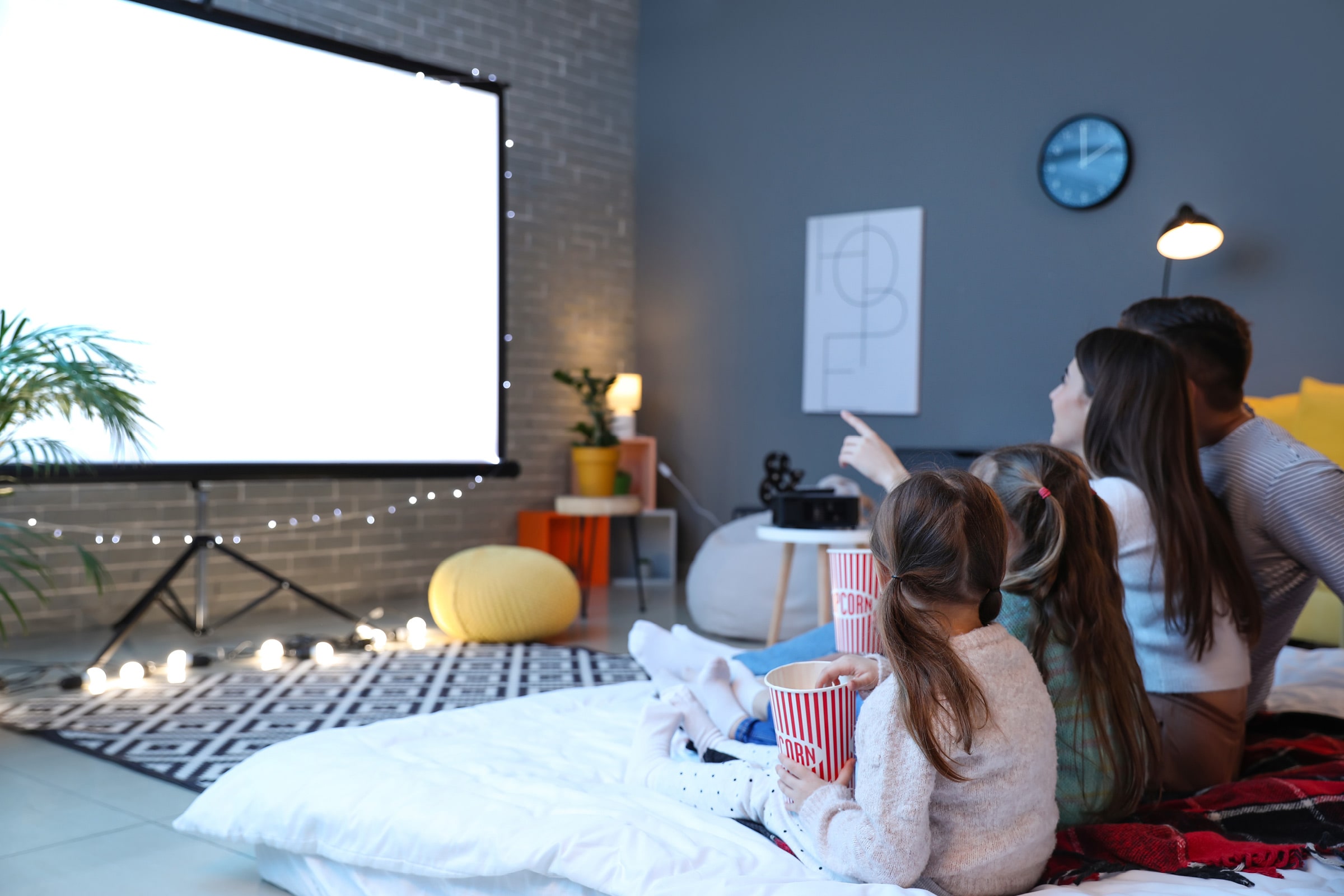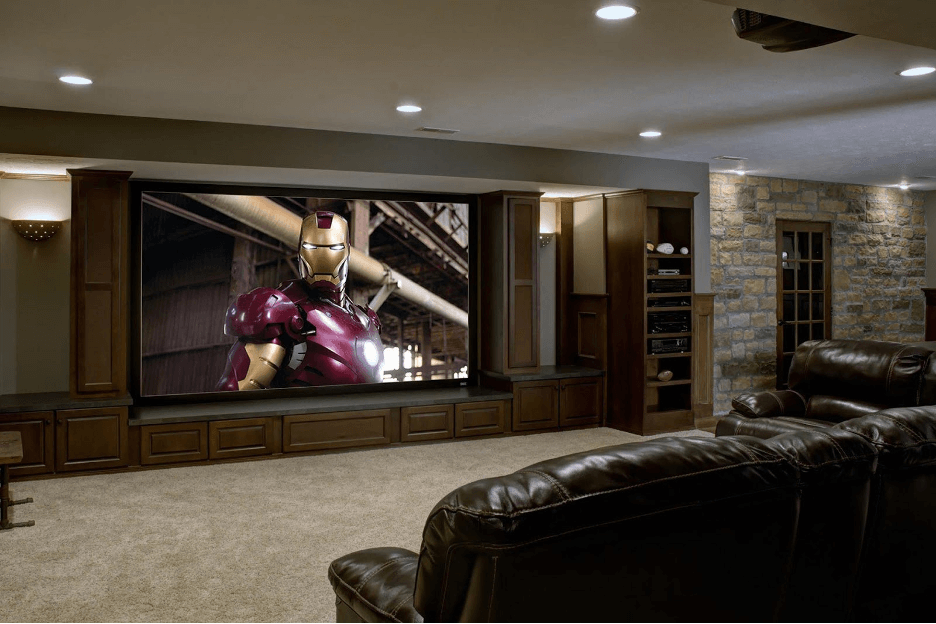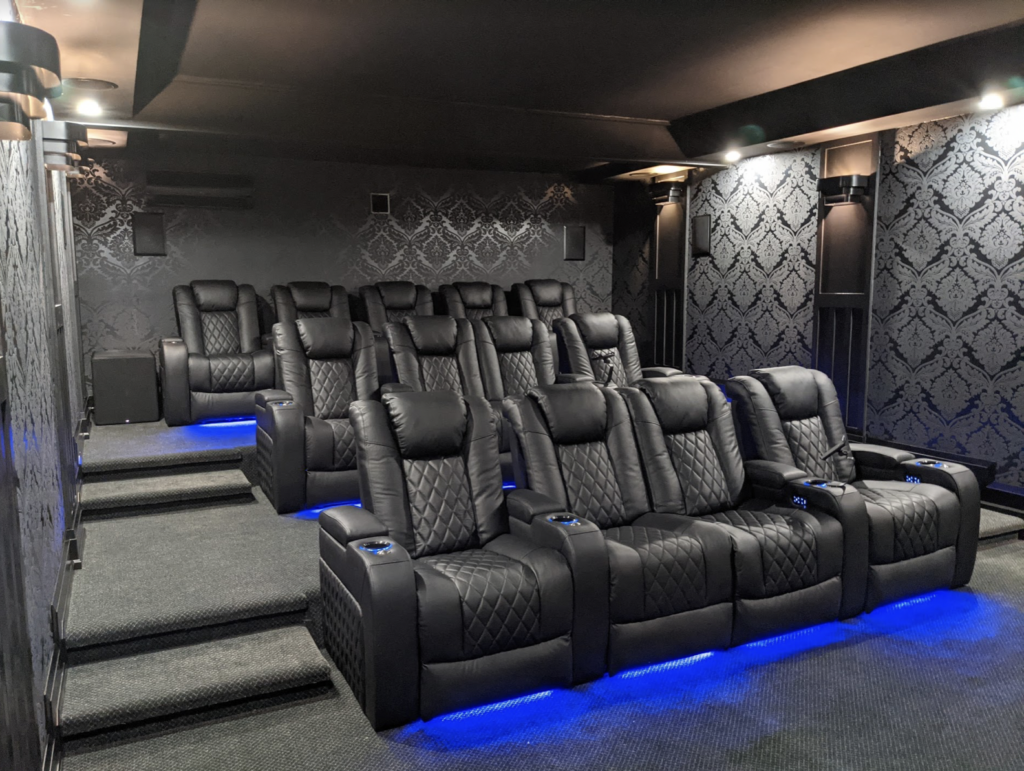Home Theater 101: Everything You Required to Know for a Motion Picture Experience in your home
Developing a home cinema that matches the motion picture experience of a business theatre entails cautious factor to consider of numerous components, consisting of display selection, audio systems, and room format. Whether you are pondering the optimal display dimension or the complexities of surround noise, comprehending these basics is vital.
Picking the Right Screen
When establishing a home movie theater, picking the right display can make or damage the seeing experience - home theater tampa. The screen works as the focal point of your setup, influencing picture quality, watching angles, and total visual. Secret factors to consider include screen size, kind, and resolution
First, determine the ideal display size based on your area dimensions and seating range. Next off, pick between different display kinds, such as fixed-frame, motorized, or retractable screens, each offering distinct benefits.
Resolution is another important aspect. For a really immersive experience, consider a screen designed for 4K or also 8K material, making certain sharpness and clearness. Furthermore, think about the display's gain, which impacts illumination and contrast; a greater gain can enhance illumination in well-lit areas, while a reduced gain might be preferable for darker environments.
Selecting Sound Equipment
Audio tools is an essential component of any home theater system, significantly improving the general watching experience. The selection of audio equipment can identify the deepness, clearness, and immersion of sound, vital for creating a cinematic atmosphere.
When picking audio equipment, think about a border stereo, which typically consists of a receiver, multiple audio speakers, and a subwoofer. A 5.1 or 7.1 network system is recommended, where the very first number stands for the speakers and the second the speaker, giving an immersive soundscape. The receiver is the heart of the system, managing audio and video clip signals, and must support contemporary formats like Dolby Atmos for an improved spatial experience.
Quality audio speakers are vital; seek versions that provide a balanced sound profile with great bass reaction. Floor-standing audio speakers can produce richer sound, while shelf alternatives conserve area. Additionally, think about wireless alternatives for convenience of installment, although wired systems typically supply premium performance.

Optimal Seating Arrangements
Developing an ideal home cinema experience pivots considerably on optimal seating plans. The arrangement of seats plays a vital duty in both convenience and viewing top quality, straight impacting the total motion picture experience.
First, take into consideration the display size and seeing range. A common guideline is to place seats at a distance around 1.5 to 2.5 times the angled size of the display. This makes certain an immersive experience without stressing the eyes.
Next, altitude is essential. The back rows need to be higher than the front to stay clear of obstructions if your seats is in a tiered layout. For flat seats, guarantee that the front row is not also near the screen, which everybody has a clear line of view.
Furthermore, consider the arrangement in regards to social dynamics. Team seating can improve the communal experience, while specific seats may be preferred for personal viewing.

Lastly, focus on convenience with ergonomic seating that sustains extensive viewing periods. Incorporating recliners or supported seats can dramatically boost the experience, making the home cinema a favored location for both amusement and relaxation.
Lighting and Atmosphere
Efficient lighting and atmosphere are vital components of a properly designed home theater, as they significantly influence the checking out experience. The right lighting can improve the motion picture feel, while inadequate selections can detract from it. For optimal outcomes, consider a layered illumination strategy that consists of ambient, task, and accent lights.
Ambient lights provides general lighting, ensuring that the space is not totally dark, which can strain the eyes. Dimmer switches are very advised, enabling adjustments based on the web content being watched. Job lights, such as wall surface sconces or floor lights, offers functional illumination for tasks like analysis or browsing the room without interfering with the total atmosphere.
Accent illumination can be utilized to highlight building functions or create focal points, adding deepness and passion to the area. LED strip lights behind screens or along shelves can give a refined radiance that enhances the aesthetic experience without frustrating the audience.

Wiring and Installation Tips
A well-planned wiring arrangement is critical for attaining ideal performance in your home theater system. Correct electrical wiring not only makes certain top notch sound and video clip signals but likewise enhances the overall visual of your space. Begin by drawing up your design, recognizing where each element will be positioned, including your screen, audio speakers, and receiver.
When picking cords, prioritize high-quality, suitably determined circuitry to minimize signal loss. HDMI cables must be used for video connections, while audio speaker wire need to match the specifications of your audio speakers and amplifier. Opt for in-wall ranked cable televisions to abide by safety criteria and maintain a tidy appearance.

Verdict
In summary, producing an extraordinary home movie theater experience needs cautious factor to consider of various aspects, consisting of display choice, audio devices, seating plans, lighting, and electrical wiring. By prioritizing these aspects, a cinematic environment can be successfully duplicated, enabling for immersive seeing experiences that match conventional theater setups.
Developing a home cinema that measures up to the motion picture experience of an industrial theatre entails careful consideration of numerous components, consisting of display option, sound systems, and space layout.When establishing up a home cinema, picking the ideal screen can make or break the watching experience. Next, select between different display types, such tampa home theater as fixed-frame, mechanized, or retractable screens, each offering distinctive advantages. For a really immersive experience, take into consideration a screen created for 4K or also 8K web content, making sure sharpness and quality.In summary, creating an extraordinary home theater experience calls for mindful consideration of different aspects, including display option, audio equipment, seating setups, illumination, and circuitry.